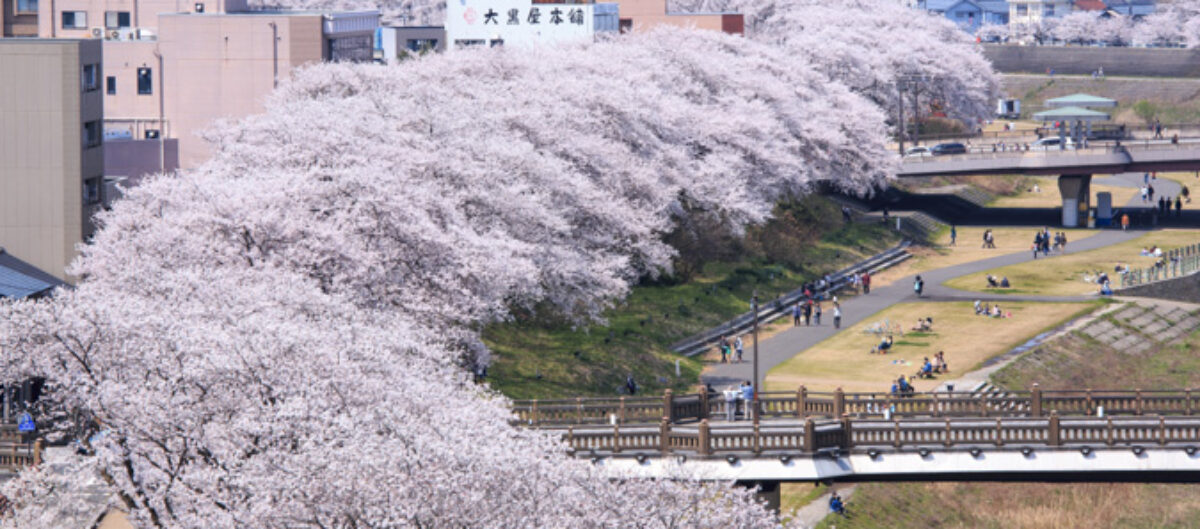
May/20/2022
Dogen (道元) is the founder of the Soto Zen school, one of the three Zen schools in Japan. (Zen is a form of Buddhism.) About 770 years ago he founded Eiheiji, one of the two main temples of the Soto school. He’s considered one of the main contributors to the creation of Zen culture in Japan.
Dogen (1200–1253) was born in Kyoto to an aristocratic family. He liked reading books when he was little. However, when he was three his father passed away, and his mother lost her life when he was eight. These sad experiences forced him to think about the fragility of human life. He became a monk at 14.
Dogen learned Buddhism at Hieizan Enryaku-ji Temple. The doctrine of Buddhism teaches that all things in the universe are innately pure and enlightened. (Enlightenment means apprehension of the true nature of reality.) It follows that ordinary people are Buddhas (enlightened ones) even if they don’t practice Buddhism. Dogen couldn’t accept this teaching. He posed this question: Why do Buddhists have to practice Buddhism if they’re already enlightened? In 1223, at 24, he went to China to solve this problem.
In China Dogen visited a master named Rujing (Nyojo) and became his disciple. Eventually an incident occurred that solved his problem.

One day when some monks were practicing Buddhist sitting meditation, one of them dozed off. The master Rujing saw this and said severely, “When you do sitting meditation, you must cast off body and mind. What are you doing?” (Casting off body and mind means attaining freedom from worldly desires.) When Dogen heard this, his longstanding problem was solved at last.
People usually think that sitting meditation is the only means of attaining enlightenment. Dogen, however, realized that meditation practice and enlightenment were one. He found that the people who practiced hard were those who were already enlightened or Buddhas. In other words, they practiced hard because they were enlightened or Buddhas.
Dogen’s teacher Rujing heard what Dogen had realized and recognized him as his successor. Then, in 1227, at 28, Dogen came back to Japan.
Interestingly he didn’t bring anything from China. Monks who went abroad usually brought back Buddhist scriptures and Buddha statues, but he came back with nothing except himself. He said that the only thing he’d learned in China was that the eyes were horizontal and the nose was vertical. This means that he’d learned the importance of seeing things as they really are.

In 1244 Dogen founded Daibutsu Temple in Fukui. Two years later it was renamed Eiheiji, where he and his disciples devoted themselves wholeheartedly to the practice of zazen (sitting meditation) .


Why did he build Eiheiji in such a remote area? This was because his teacher Rujing had given him the following advice:
- Don’t live in a city.
- Don’t approach people with power.
- Live in the heart of the mountains.
- Develop a few excellent monks.
Eiheiji (永平寺) means “temple of eternal peace.” It’s one of the two main temples of the Soto school of Zen Buddhism.
Dogen passed away at 54.
Dogen made the following well-known observation: “To study Buddhism is to study yourself. To study yourself is to forget yourself at each moment.”
The Zen monk Suzuki Shunryu wrote that if you forget (yourself), you will be just yourself and have real enlightenment. He also wrote that the purpose of Zen practice is just to be yourself. When you become just yourself you have real enlightenment.

Dogen composed numerous waka (a type of Japanese poem), and the best-known one is the following:
春は花 夏ほととぎす 秋は月 冬雪さえて すずしかりけり
In the spring, cherry blossoms, in the summer the cuckoo.
In autumn the moon, and in winter the snow, clear, cold. (Translated by Edward George Seidensticker)
I imagine him as a man who was amazed by the beauty of nature. The poem is very simple, but I think it would be difficult to write a poem like this.

Zen (禅)is a form of Buddhism that’s known around the world. Japanese culture has been greatly influenced by Zen. For example, Japanese fencing, judo, archery, tea ceremony, and calligraphy all bear its mark. Dogen was one of the main contributors to the creation of Zen culture in Japan. Eiheiji, founded by him about 770 years ago, is known all over the world. There are still monks who follow Dogen’s teaching and who practice hard every day there.
(References)
「あなたの知らない道元と曹洞宗」(監修:山折哲雄)(洋泉社)
「詳細 道元と曹洞宗」(監修:佐々木俊道)(学研パブリッシング)
「やさしい「禅」入門」(立松和平、南直哉)(新潮社)
「図解雑学 道元」(中野東禅)(ナツメ社)
「道元の世界」(監修:山折哲雄)(佼成出版社)
「北陸「禅の道」道元と曹洞宗」(福井新聞社)
「イラストで丸わかり!道元と曹洞宗」(洋泉社MOOK)
「Zen Mind, Beginner’s Mind」(Shunryu Suzuki) (Shambhala Publications)
「not always so」(Shunryu Suzuki) (HarperCollins Publishers)
